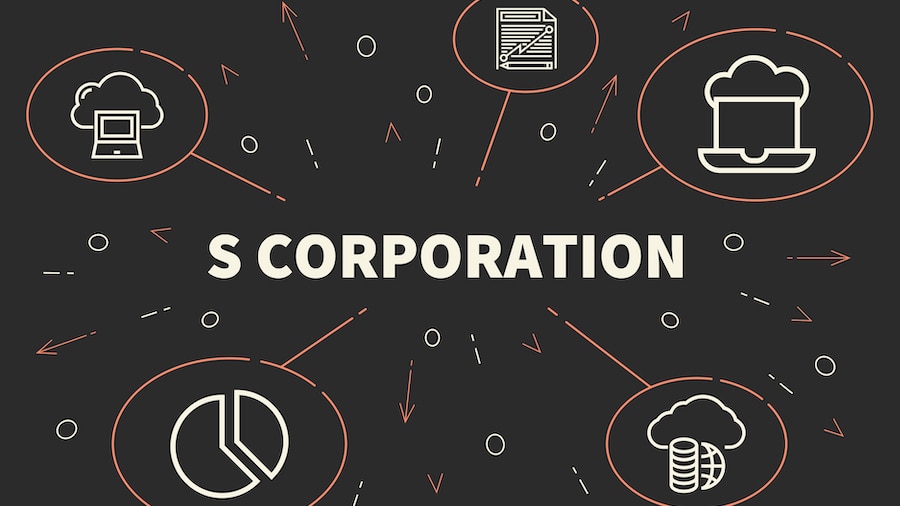S corporation shareholders enjoy tax advantages other entity types don’t offer. Since only the portion of their cash distributions that is characterized as wages is subject to payroll taxes, S corp shareholders have a lower overall tax bill than active partners in a partnership. And, unlike C corporations, their cash distributions come to them tax free.
The ability to divvy up cash payments between wages, which are subject to income and payroll taxes, and tax-free distributions entices many shareholders to minimize their wages and maximize their distributions. Not surprisingly, the IRS has a long history of examining S corp tax returns to ensure that reasonable compensation is being paid.
According to the instructions on Form 1120S, U.S. Income Tax Return for an S Corporation, “Distributions and other payments by an S corporation to a corporate officer must be treated as wages to the extent the amounts are reasonable compensation for services rendered to the corporation.”
But, what is reasonable compensation? It’s not defined anywhere in the statutes or the regulations, and so-called rule of thumb methods of allocations, such as half of total cash payments should be wages, don’t carry any weight for the IRS.
Instead, IRS agents and courts rely on a set of nine factors, most of which were delineated almost a decade ago in IRS Fact Sheet 2008-25:
- Training and experience
- Duties and responsibilities
- Time and effort devoted to the business
- Dividend history
- Payments to non-shareholder employees
- Timing and manner of paying bonuses to key people
- What comparable businesses pay for similar services
- Compensation agreements
- The use of a formula to determine compensation
For the first three factors, the more extensive these are for a shareholder, the higher the compensation should be. A shareholder who provides few or no personal services to the business can receive a lower salary, or even none at all.
In addition to the nine factors in the fact sheet, the IRS also considers the means by which a business makes its money. There are three general sources of revenue for businesses: services of the shareholder, services of non-shareholder employees, and capital and equipment.
The IRS argues that a business whose revenue is generated by the personal services of one or more shareholders should characterize more of the cash payments as wages. On the other hand, a business that requires a substantial investment in equipment can allocate a smaller amount to wages and more to distributions. Interestingly, total shareholder wages after the IRS has re-characterized excess distributions tend to be pretty close to the threshold for Social Security wages, which will be $128,700 for 2018, up from $127,200 for 2017.
Several years ago, I was part of a team defending an S corporation in an extensive IRS audit. Only two minority shareholders received any wages at all. The remaining shareholders were passive investors, and there was no change by the IRS to re-class any of their hefty distributions as wages.
A number of court cases, such as JD & Assocs., Ltd., 3:04-cv-59 (D.N.D. 2006), pointed out that a shareholder should not be paid less than other less-experienced employees in the firm, particularly when there is ample cash available for generous distributions.
In JD & Associates, Jeffrey Dahl, a CPA and the sole shareholder of his accounting firm S corp, paid himself salaries ranging from $19,000 to $30,000, while taking roughly $50,000 in distributions. Besides being inadequate in comparison to his experience and duties, the court noted that his clerical staff was paid more than Mr. Dahl.
How to determine what’s reasonable
Benchmark studies of comparable salaries, such as on salary.com, indeed.com, monster.com and specialized industry surveys, can provide guidance on average pay rates. Ratios, such as those found in the Risk Management Association’s (RMA) Annual Statement Studies, can also be useful in adjusting client compensation to an appropriate percentage of profits. RMA breaks out these ratios by company size and geography to make these ratios more precise.
However, many S corp shareholders wear multiple hats in their businesses, and their duties can include everything from sweeping floors to high-level consulting work. RC Reports specializes in time and wage analysis to determine a custom reasonable compensation amount for your client’s situation.
Whatever method you and your client develop for determining reasonable compensation, that method and the results should to be documented in the corporate minutes. It’s a good idea to re-evaluate this on a regular basis, especially if your client’s situation changes.
